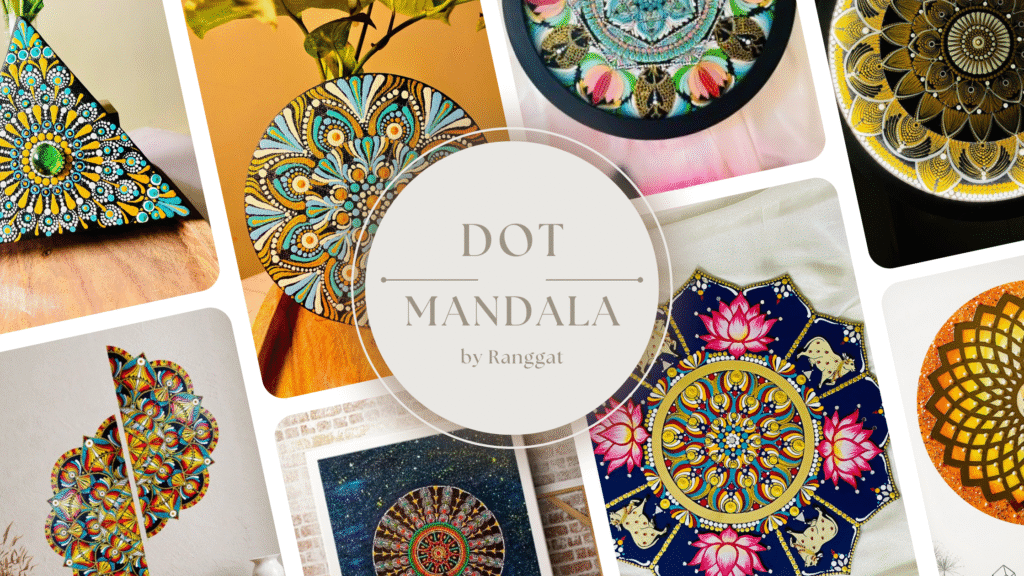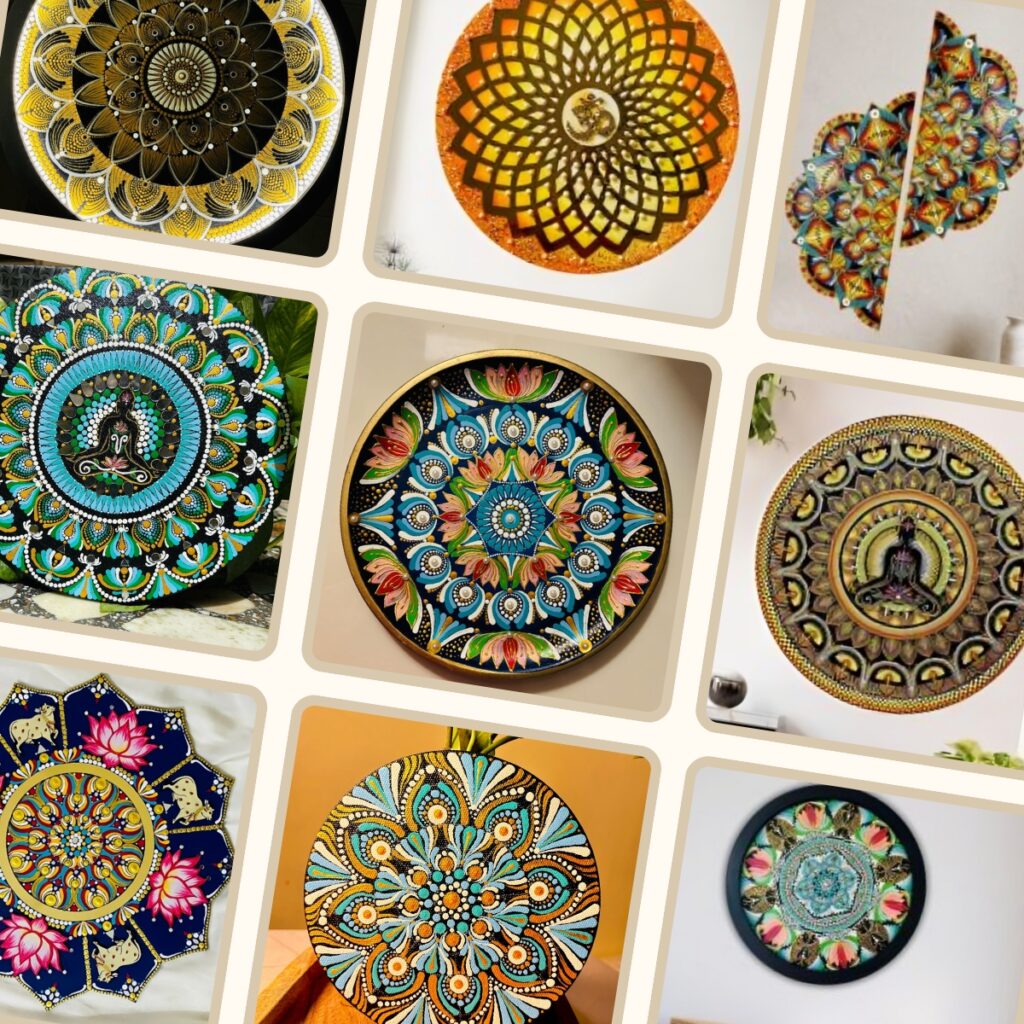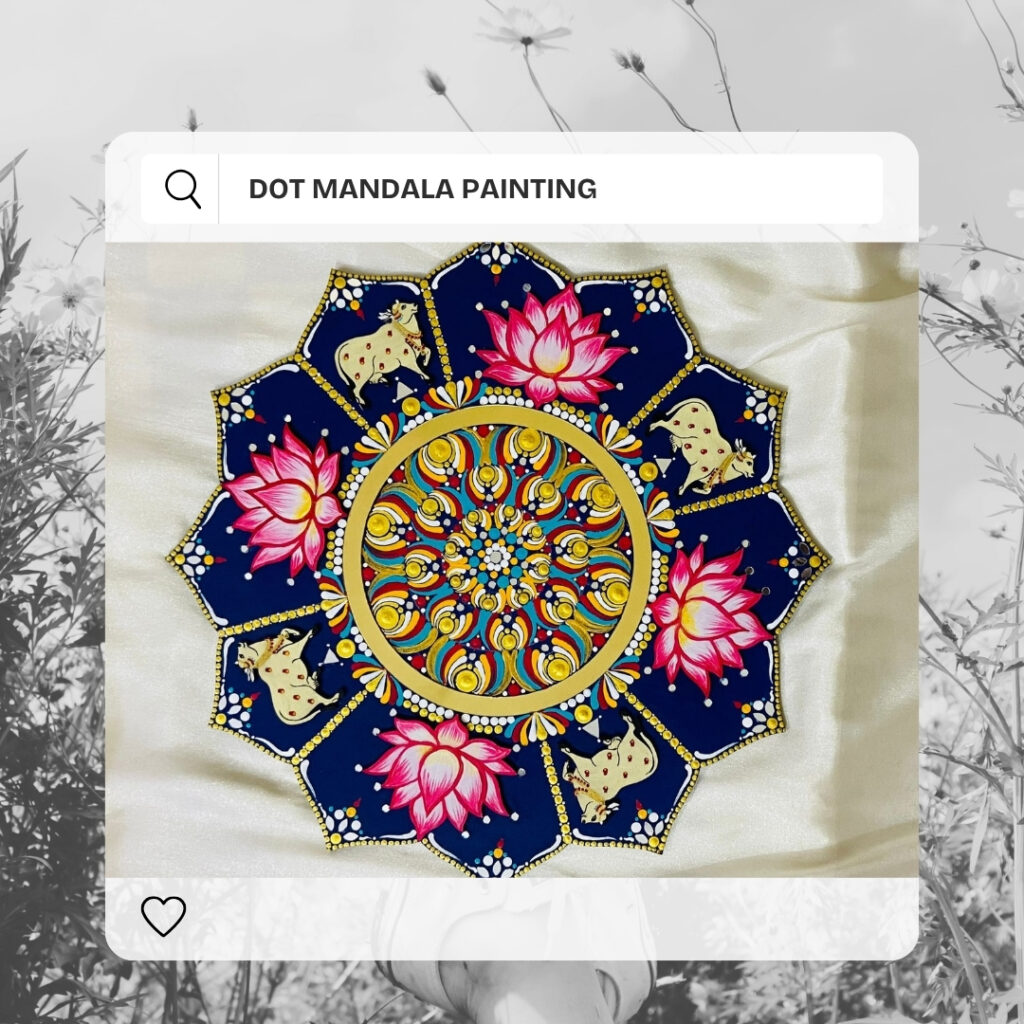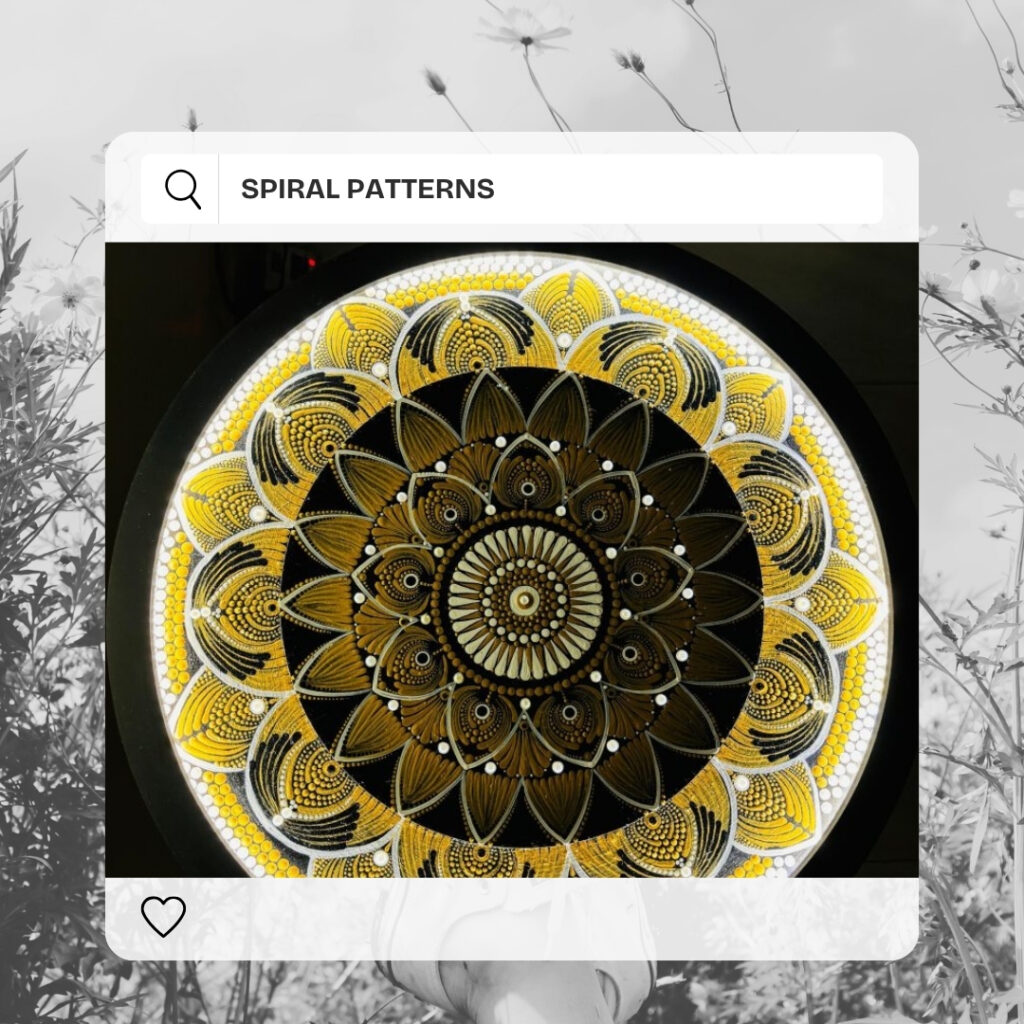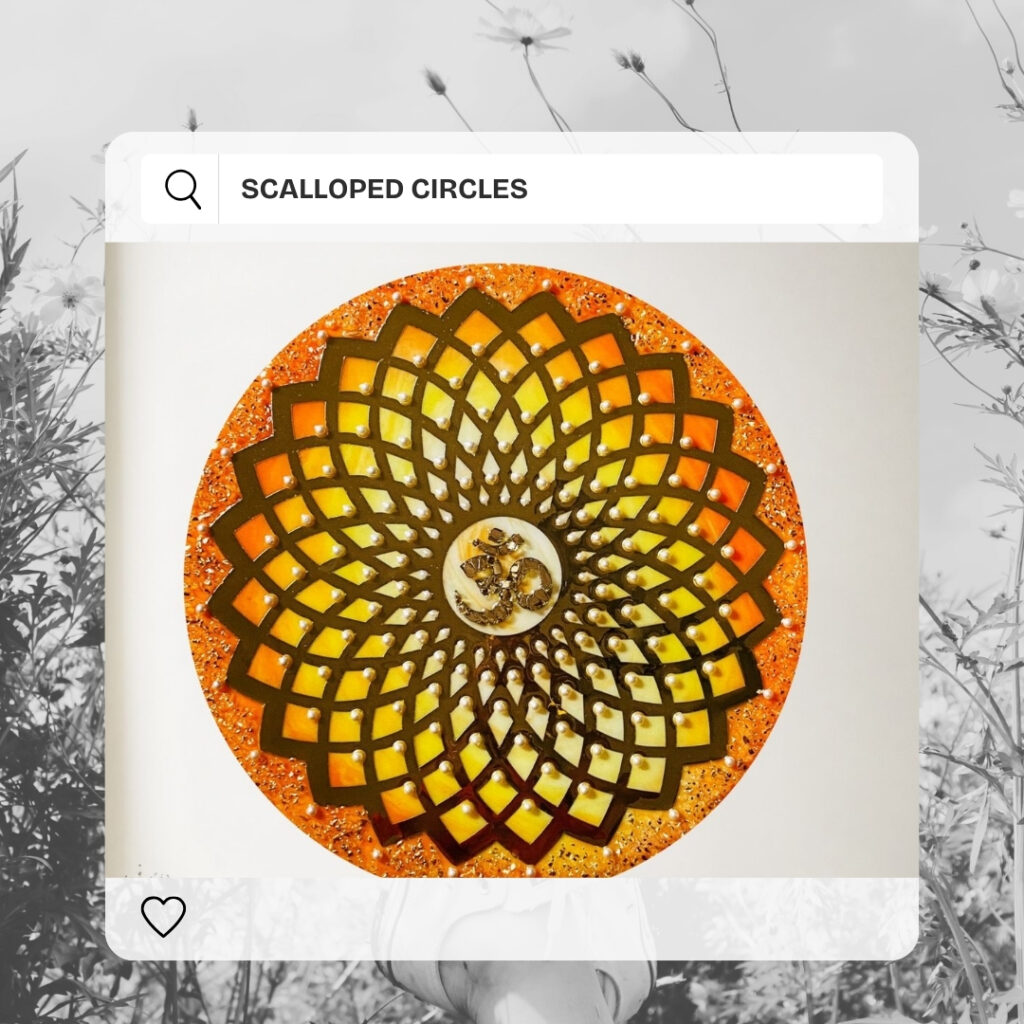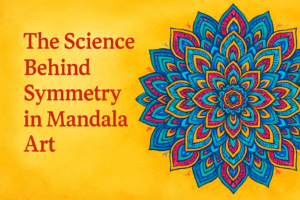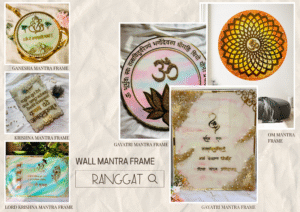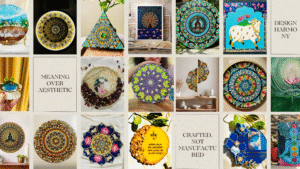In India, festivals are more than just celebrations; they are vibrant expressions of happiness, culture, and the arts. Mandala painting is one such form of artistic expression that has grown in popularity during the festive season. Mandala patterns are showing up in homes, rangoli, gifts, and even fashion, from Diwali decor to Holi crafts. This article examines the ways in which Mandala Art enhances Indian holidays such as Diwali, Holi, Navratri, and others.
What is Dot Mandala Art?
In order to create complex, mystical designs, exactly symmetrical dots are layered to create Dot Mandala Art. At Ranggat, every piece is handcrafted with mindfulness and intention—an art from the soul, not just for the eyes.
These mandalas are perfect for honoring the deep significance of Indian festivals because they are more than just designs; they are meditative expressions of energy and emotion.
Mandala Art for Diwali: A Festival of Lights
Diwali is a celebration of light, and there’s no better way to light up your house than with the mystical glimmer of dot mandala art.
- Mandala Diyas: They glow with tradition as well as fire because they are hand-painted with colorful dots.
- Wall Art: Ranggat’s Diwali-themed dot mandalas are stunning backdrops or focal points for living rooms.
- Mandala Rangoli Alternatives: Framed mandala art is a modern, mess-free substitute for rangoli.
Dot Mandala Art for Holi: Color in Every Dot
Holi celebrates colors, unity, and joy—reflected perfectly in the colorful schemes of Ranggat’s dot mandalas.
- Color Splash Wall Frames: Bright and bold, these make ideal gifts or decor for Holi gatherings.
- Art Prints and Cards: Limited-edition Holi prints carry the message of color, harmony, and celebration.
- Creative Gifting: Create useful art that tells a story with dot mandala coasters, bookmarks, or trays.
Celebrate Every Indian Festival with Ranggat
From Navratri’s spiritual devotion to Raksha Bandhan’s emotional bond, Eid’s blessings, or Christmas joy, Ranggat’s art resonates across occasions:
- Navratri Mandala Art: Ranggat’s colorful creations are a reflection of divine femininity, inspired by nine goddesses.
- Raksha Bandhan Gifts: Personalized dot mandalas are lovely and thoughtful gifts for your sibling.
- Festive Hampers: Combine bookmarks, coasters, and dot mandala trays into a single, heartfelt gift box.
Why Ranggat’s Dot Mandala Art is Perfect for Festivals
- Handcrafted & Unique: Every dot, every color is placed with soul.
- Symbolic & Spiritual: Dot mandalas are a symbol of harmony, balance, and sacred geometry.
- Eco-friendly: Ranggat makes use of eco-friendly materials and thoughtful design.
- Aesthetic & Functional: Perfect for personal happiness, gifting, or decor.

